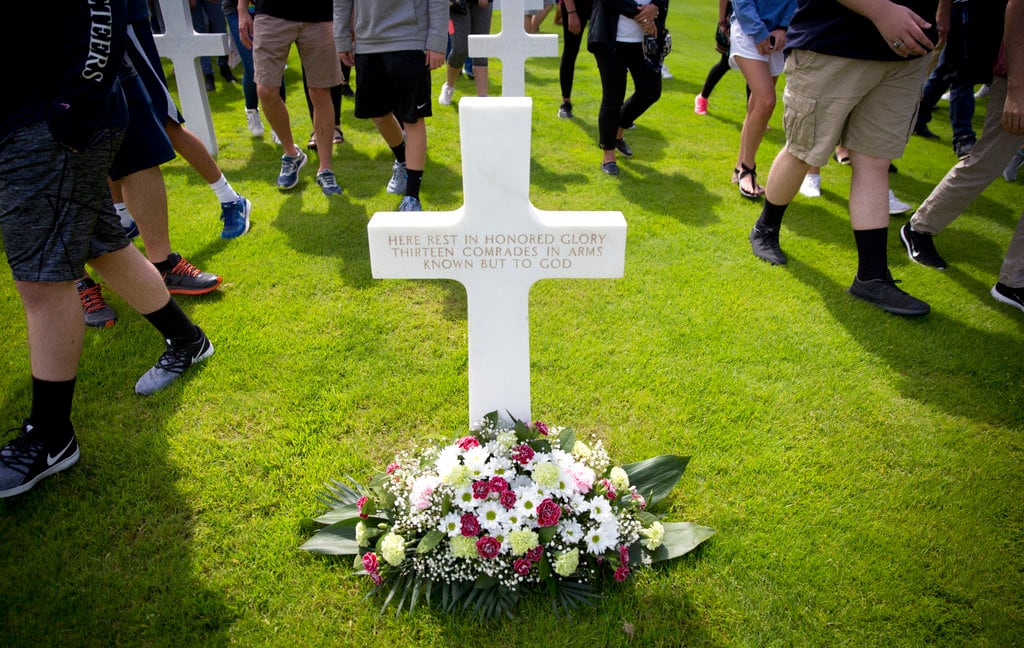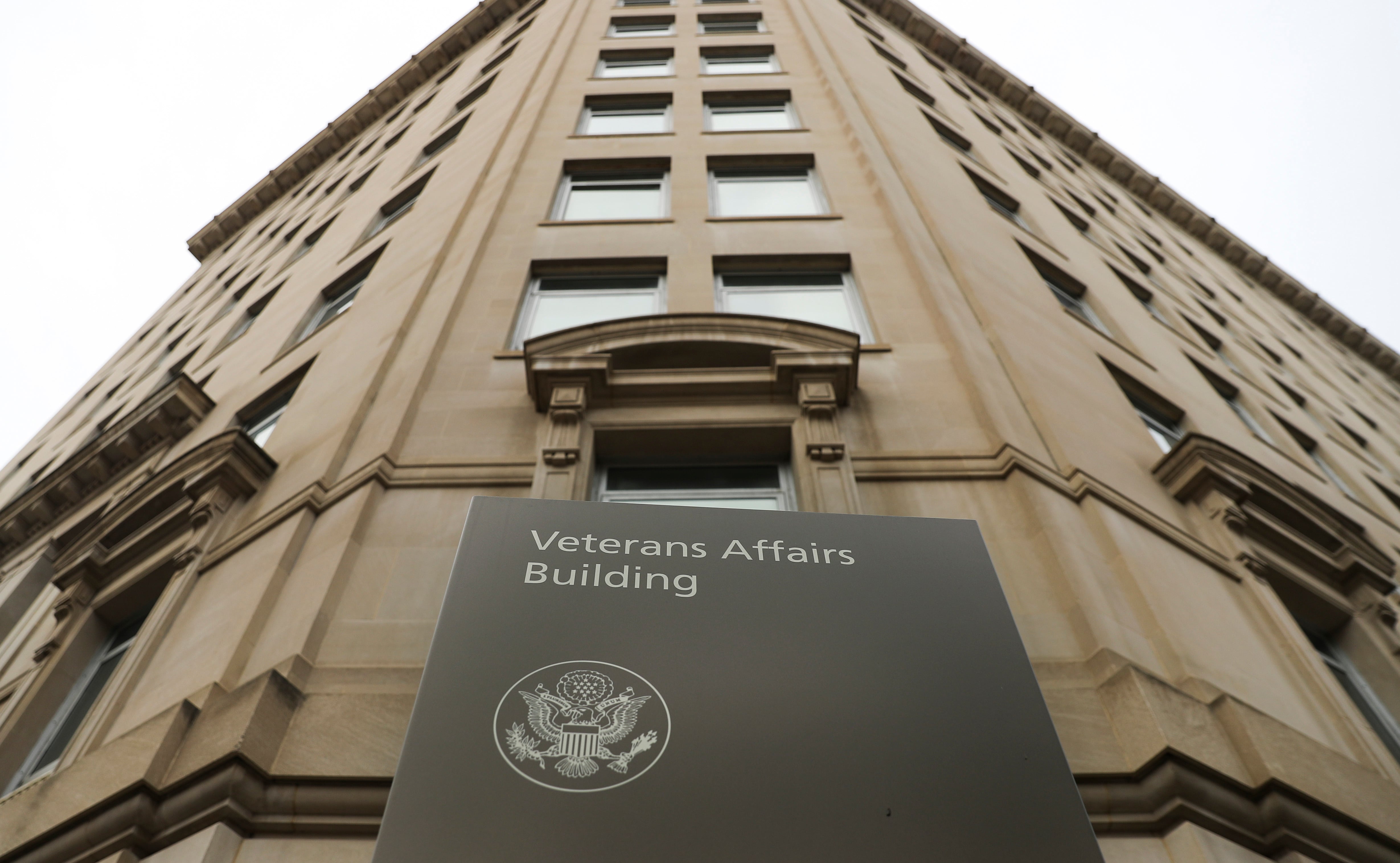The Coast Guard is seriously eyeing expanding its maternity leave and wants to boost incentives to keep service members on national security cutters, the top-of-the-line ships that are at the forefront of missions like counter-drug operations.
Master Chief Petty Officer of the Coast Guard Steven Cantrell discussed these topics in a wide-ranging Aug. 12 interview with Navy Times. Questions and answers have been edited for brevity.
Q. The Navy and Marine Corps have tripled their maternity leave to 18 weeks. Is the Coast Guard looking at expanding its parental leave? Are you guys on that rack?
A. Well, we are looking at the new maternity policy. Aggressively looking at that right now. We don’t have the bench strength the Navy and Marine Corps have. But we have our duty to people, so we have to look — we are looking at aggressive e there are actually ___[00:44:49] how do we do this? How do we mitigate the operational impacts? And we only have about it was about 380 births a year in the Coast Guard. It's manageable, but how do we do that when you have a small unit and you take the sting out of losing that person that is qualified completely? How do we fix that?
Q. The service has busted a lot of drugs this year, thanks to national security cutters. How are you attracting people to those commands?
A. Look, these are very high tech ships. that some of the ratings are expected to – There is a lot of training involved in getting you up and around. We don’t want you to bail out of that program. So right now, even as we speak, we are trying to incentivize folks that want to stay in that community. How do we do that, balance all the other human resource stuff?. Hey that is pretty exciting to do all those drug busts. I want to do that. How do we incentivize them to get in there and the ones that are doing it that like it to move along? So, geographic stability for some. Some won’t want to be in Alameda, [California, where the first NSCs are based]. But if you can do the same job in Charleston, where the other two are, you are still in that community and specialized in training the platform but you aren't stuck in Alameda. Some people want to be there and some don’t. Same for the East Coast and probably [eventually] the Hawaii folks too. Now there is going to be an opportunity to move around in that community.
Q. The commandant released a new diversity and inclusion strategy. How are you working to recruit and retain a more culturally diverse force?
A. The heavy focus is, I think, getting away from recruiting. We are doing pretty good there. The retention. Why are people leaving? We need to do better exit interviews and talk about the inclusion piece. We’ve built in this cultural respect doctrine, if you will, or are building it in. Each of our training systems, you go to school for something and there is a culture respect piece in the curriculum, so that we are talking about this stuff openly and not being afraid to have conversations.
Meghann Myers is the Pentagon bureau chief at Military Times. She covers operations, policy, personnel, leadership and other issues affecting service members.





